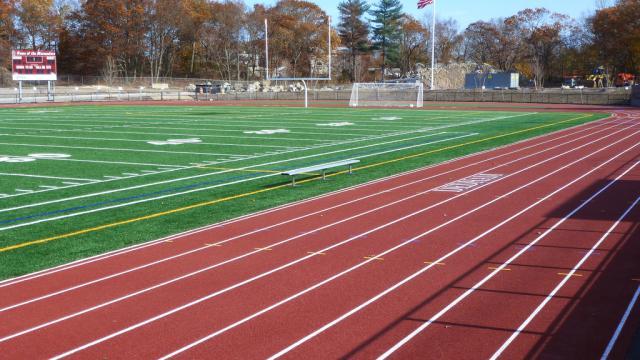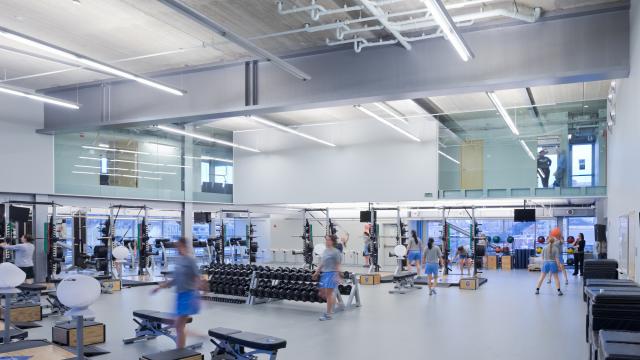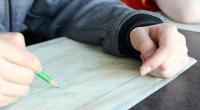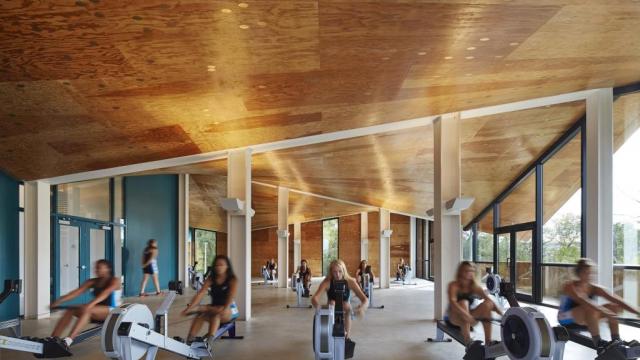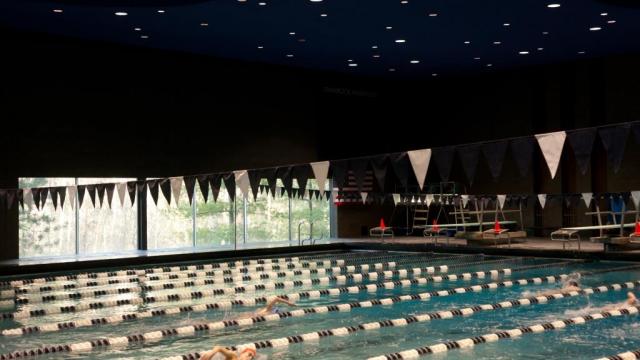
Redesign Your School Athletic Pavilion | 2014 National High School Architecture Competition #141
So many gymnasiums look exactly the same. While there’s no way to escape the traditional layout of the basketball court that is used in almost every high school gymnasium, there is a lot that can be done to make the host structure’s layout more practical while still maintaining a look of diversity and ingenuity.
Design Problem:
Advanced Technologies Academy is the home of the nerd and the land of the geek, both of whom are notorious for choosing academics over sports. This tendency of immobile interest is exactly why A-tech’s gym needs improvement. It is important to expose students to both sides of the spectrum instead of settling on either extreme, but it is difficult to increase student enthusiasm in maintaining or obtaining a healthy body when a schools facility isn't built soundly enough to support a fast growing student body. While schools like A-Tech will never focus primarily on sports, opportunities should still be there; should still be offered and physical fitness should be encouraged. The current condition of the A-tech gymnasium is small and cramped, with limited space and equipment. The elusiveness of this equipment discourages students from participating in things such as weight training because of the discomfort of lack of personal space if they were to utilize the facility.
Design Solution:
The first thing that I would plan to do is to remove the small classroom on the corner of the building. It seems to be placed at random, and there is no logic in this isolated placement. The gymnasium itself is a practical and usable space, so I plan to leave it and redesign the structure of everything around it. The weight room in particular needs to be expanded. The weight room is where most of the problems start, and so this will be my main focus. The room needs to be larger with more equipment accessible to students in order to allow plenty of space for everyone who wants to use the weight room. A spacious layout will encourage students to go there; at the moment there seems to be no point of going because the space is always full, and for most people that is uncomfortable.

